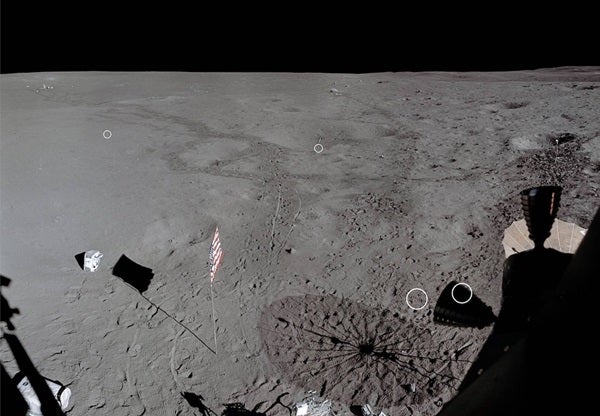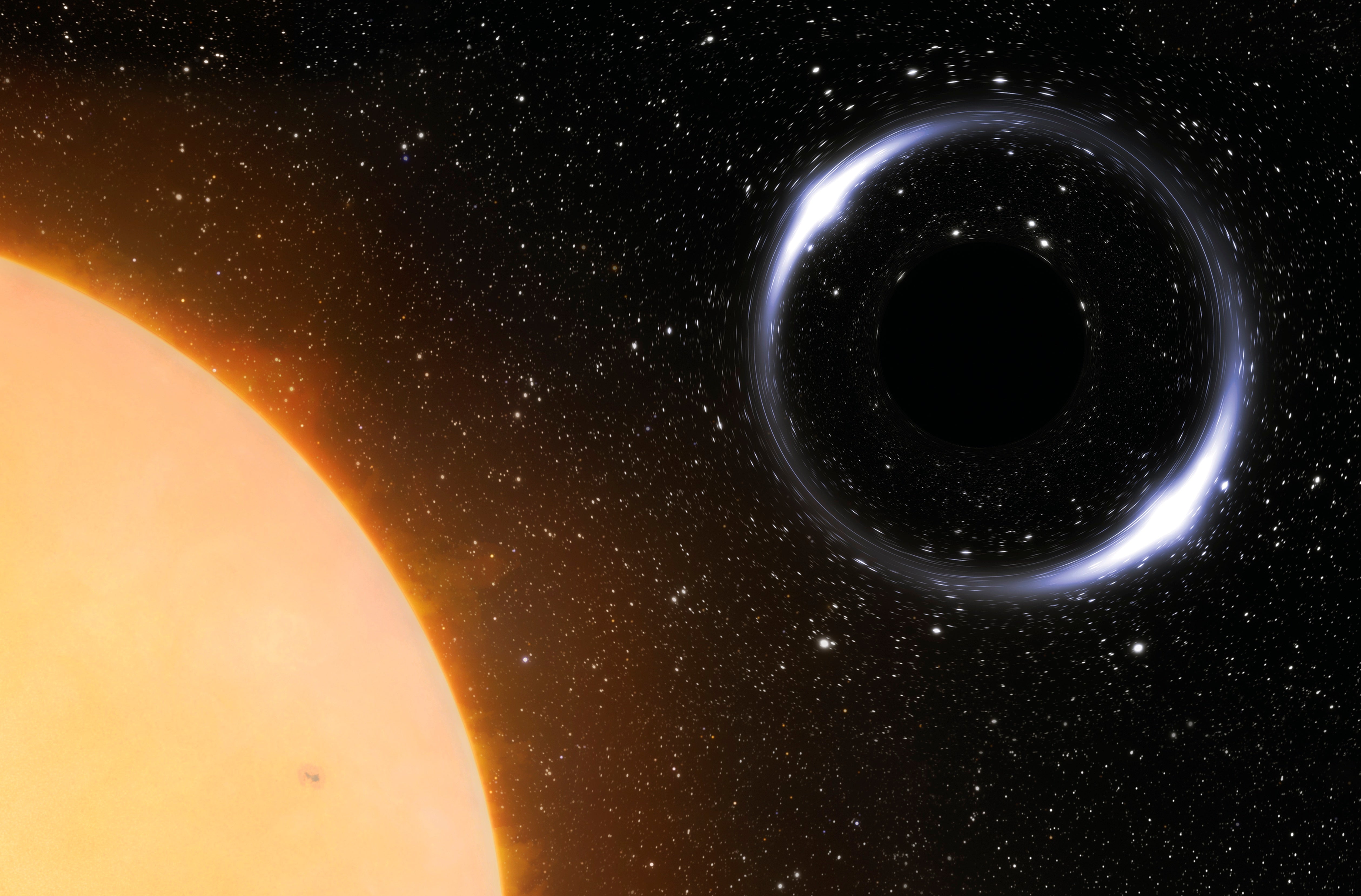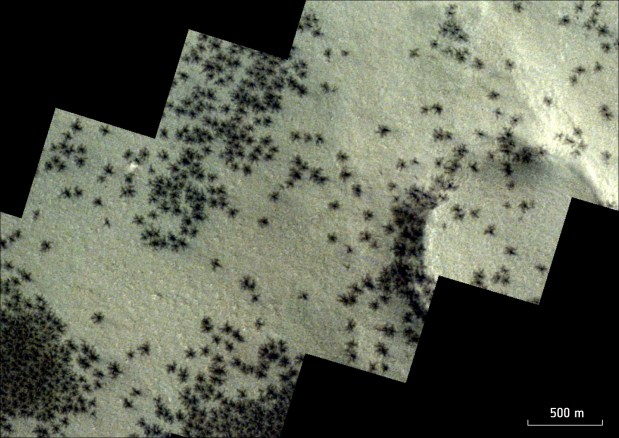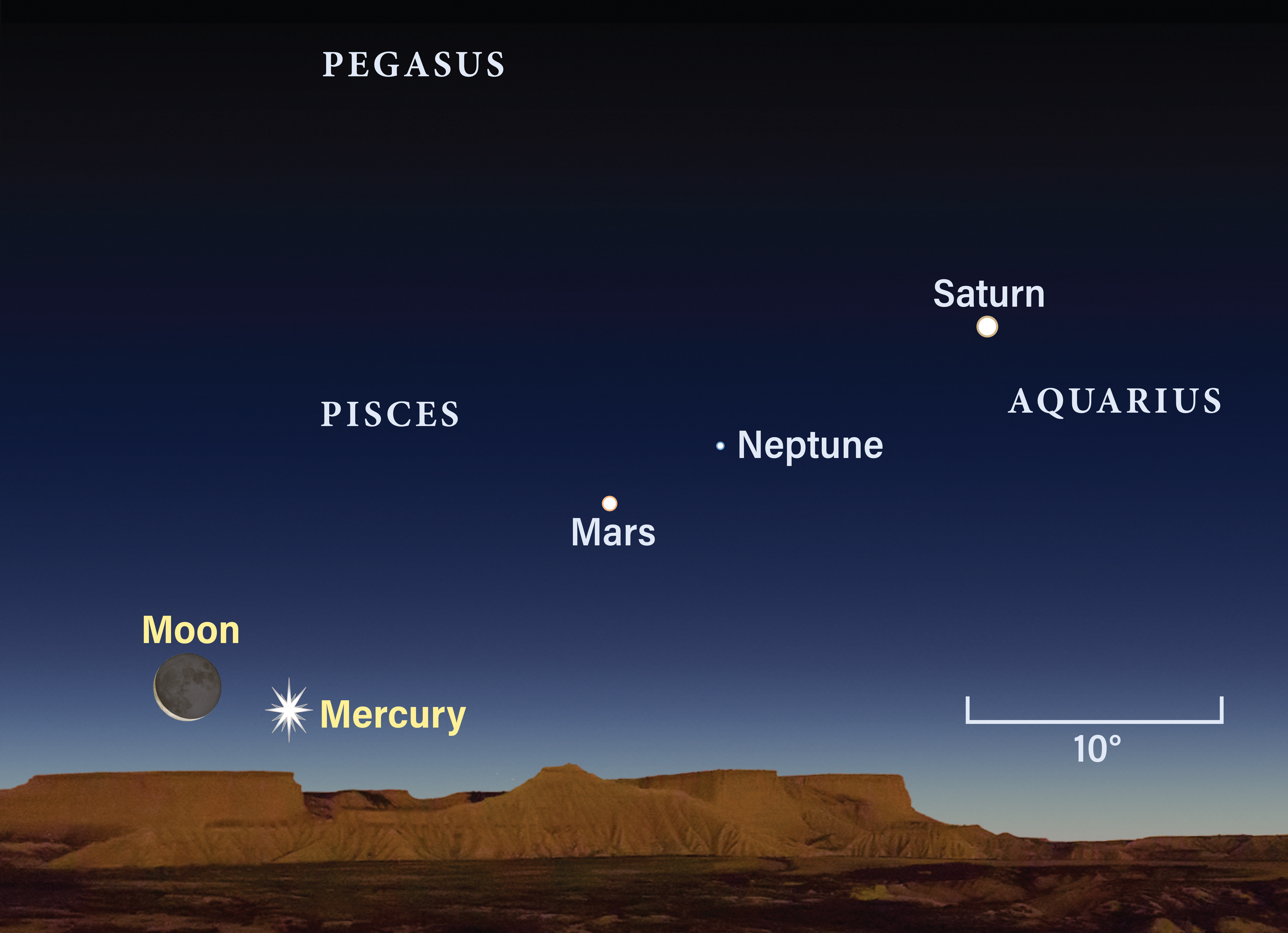Alan Shepard shanked his first shot into a crater, but estimated that his second reached a distance of about 600 feet (183 meters). Recent evidence from remastered photos taken during the mission, however, suggests that Shepard managed to only hit his second golf ball some 120 feet (36.5 m).
To be fair, Shepard wasn’t just restricted by his spacesuit. His makeshift golf club wasn’t exactly regulation — just a 6-iron head attached to a collapsible tool designed to scoop lunar rocks.
According to PGA Tour stats for 2021, the average tour pro off the tee imparts a ball speed of 170.4 mph (274.2 km/h) and launches the ball at 10.52°. So, in lunar gravity, an average tour pro’s tee shot would carry about 4,170 feet (1,271 m). (On Earth, air actually helps a golf ball fly farther: Clubs impart backspin to a ball, which helps it generate aerodynamic lift and keeps it aloft.)
But a pro could still do better on the Moon. On Earth, golfers use low launch angles to send the ball further, minimizing the effects of drag. The lack of air resistance on the Moon means you could use a true ballistic trajectory with the ideal launch angle of 45°.
So, if you were able to launch a ball at a 45° angle at a speed of 170.4 mph (274.2 km/h) on the Moon, the ball would travel about 2.21 miles (3.55 km). Bryson DeChambeau, with his 2021 average ball speed of 190.72 mph (306.93 km/h), could hit a lunar golf ball even farther than that: 2.76 miles (4.58 km).










